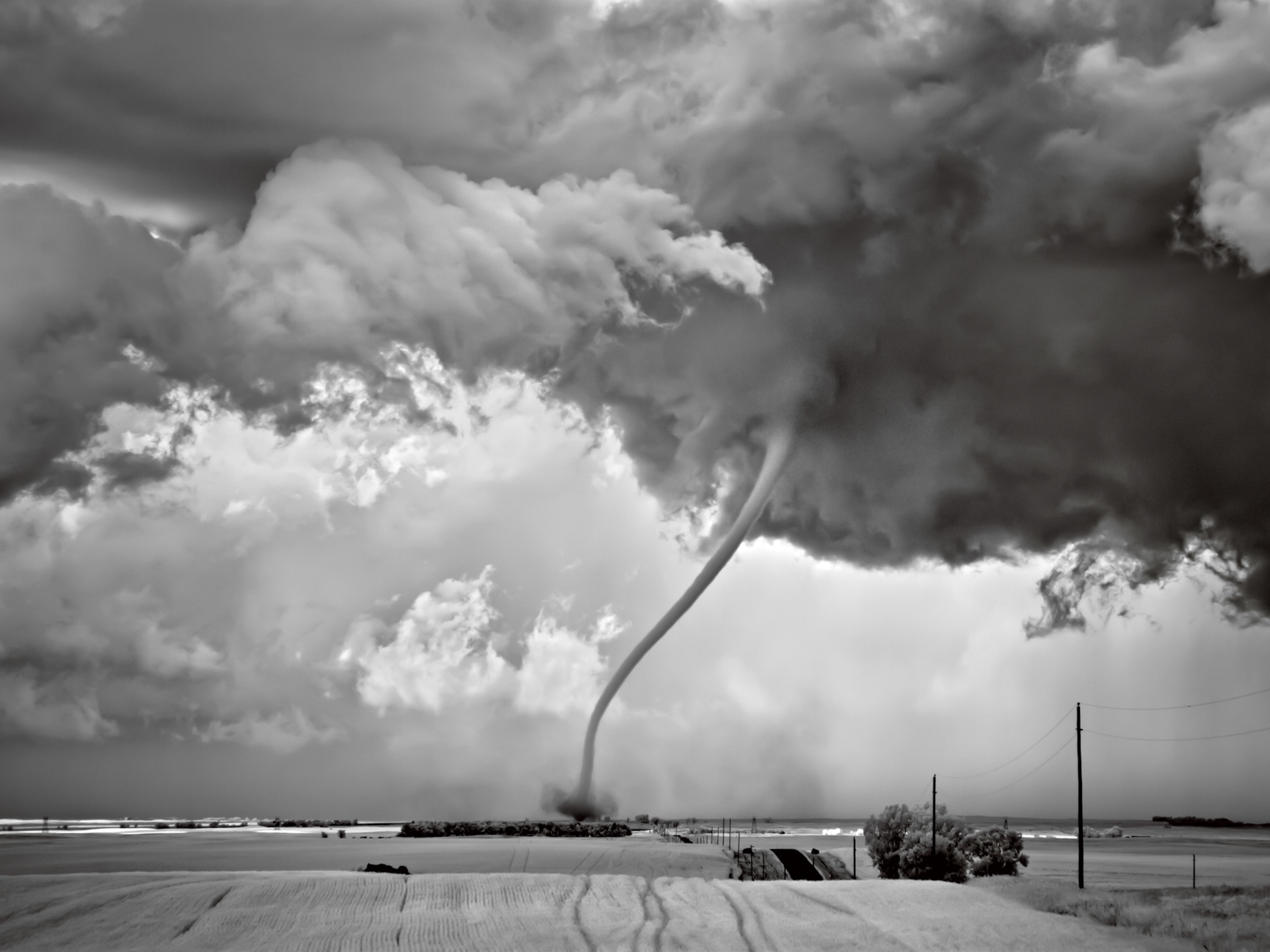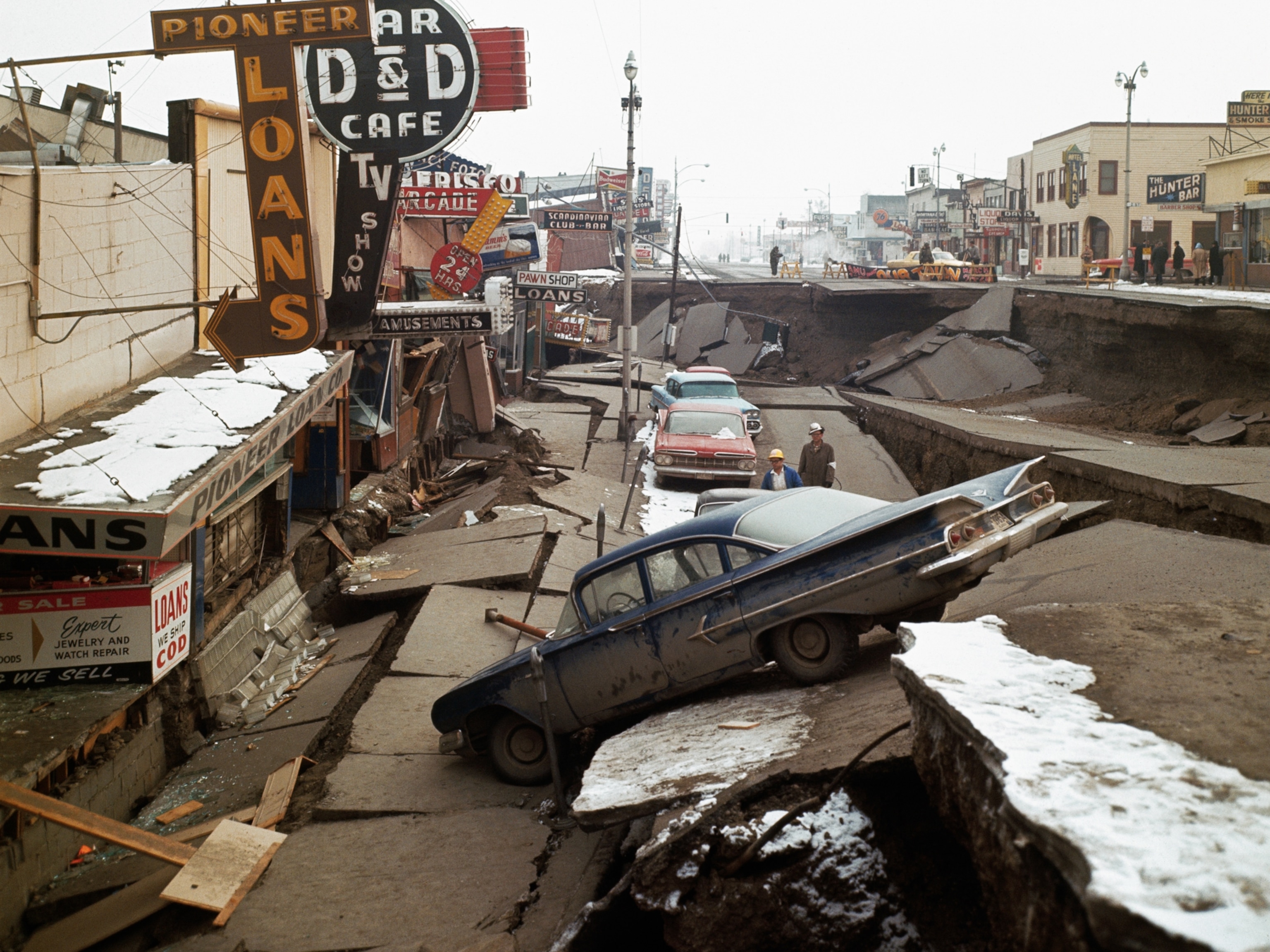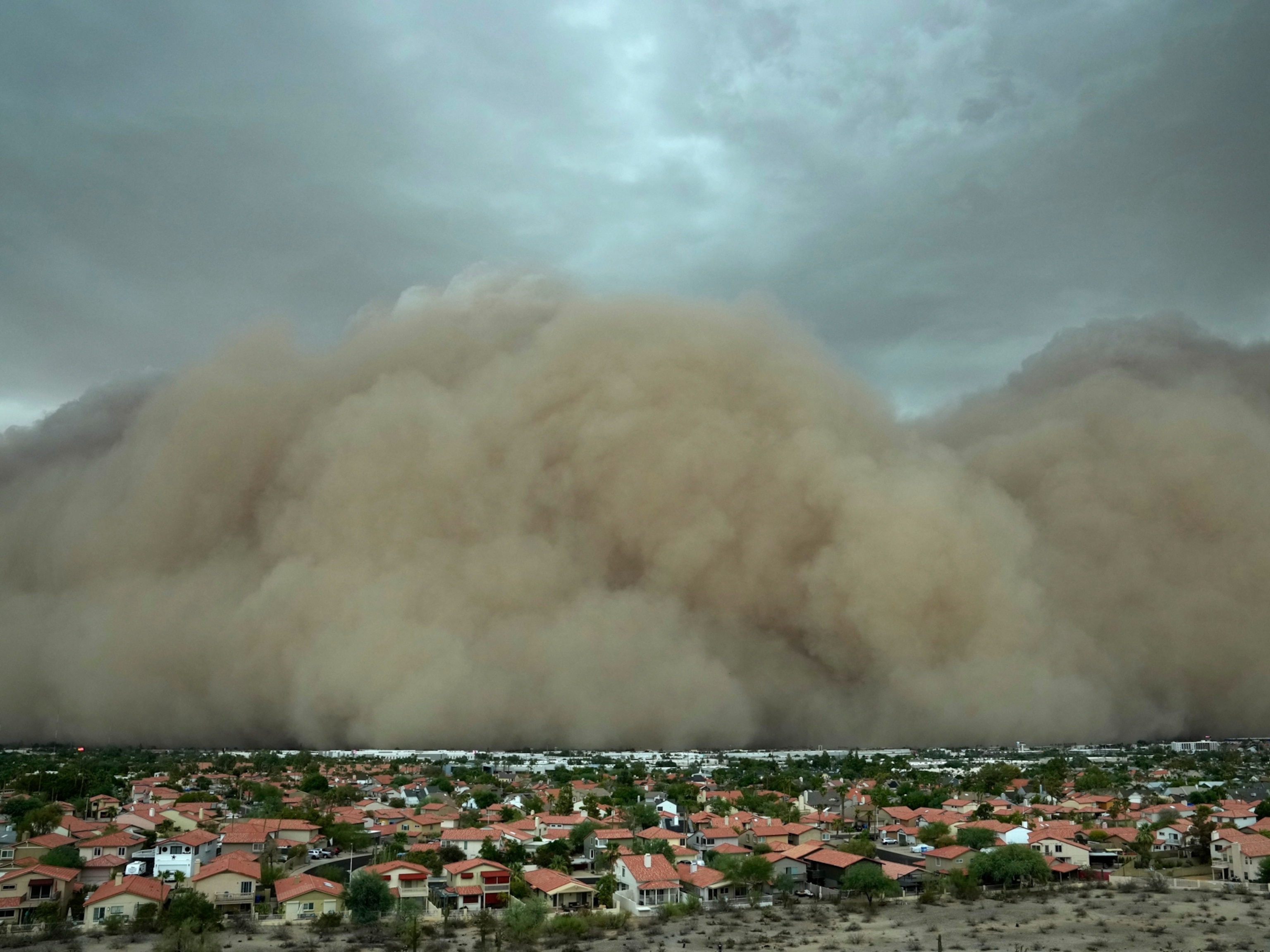"Fire Tornado" in Viral Video Explained
Shifting winds caused a dramatic scene during a controlled burn in Colorado.
A dramatic video that went viral this week shows a "fire tornado" whirling above a Colorado prairie. The swirling flames occurred during a controlled burn that "posed no threat to firefighters," according to a government spokesperson.
Cindy Souders of the U.S. Fish and Wildlife Service told National Geographic that the fire tornado resulted from a planned controlled burn on March 14, 2013, at Rocky Mountain Arsenal National Wildlife Refuge in Denver, Colorado. The Fish and Wildlife Service, working with the Forest Service and several regional fire departments, burned 150 acres that day.
"Weather conditions were within prescribed limits, and there were light and variable winds," says Souders. "At 3:30 there was an unpredicted wind shift to the north, which pushed the fire south to a small corner."
The combination of the heat from the fire and changing winds then resulted in a "fire whirl," says Souders. The phenomenon is also called a fire devil or fire tornado.
Fire tornadoes are most closely related to dust devils, and are distinct from the larger, more powerful tornadoes that develop from the large circulation patterns that can form in supercell thunderstorms. Dust devils form when hot air near the surface rises quickly through a cooler pocket of low-pressure air. As the air rises, it stretches vertically, which drives rotation.
Other hot air rushes in to the bottom of the vortex, and then rises up, intensifying the spinning. In the case of a fire whirl, the fire is what heats the air along the ground in the first place.
The dramatic fire whirl in Colorado was caught on video and posted on YouTube by Thomas Rogers, a firefighter EMT with South Metro Fire and Rescue Station 39.
Why Burn?
The big clumps of vegetation seen swirling in the video are tumbleweeds, otherwise known as Russian thistle, an invasive species that, says Souders, has been plaguing the refuge. The purpose of the controlled burn was to beat back the thistle and to stimulate growth of native grasses, like switchgrass and Indian prairie grass, says Souders.
"The history of the prairie was to burn regularly, and it stimulates new growth," she says. In the recent past, people have suppressed fire in many places, but now many wildlife managers conduct controlled burns to maintain healthy prairies.
Burns on the 22-square-mile (57-square-kilometer) refuge help the land support 330 species of wildlife, including 70 head of bison, nesting bald eagles, and many grassland birds like larks.
On March 19, the agencies conducted another controlled burn on about 670 acres, but no fire tornadoes appeared, says Souders.
Windy Place
"We get whirlwind patterns here regularly," Souders says of the refuge, which often experiences shifting winds.
"On some days you can watch tumbleweeds rolling across the refuge."
The fire tornado in the video lasted about 10 minutes, she says, and covered an area of about 1.6 acres, a little larger than a football field.
"We had six [fire] engines on-site at that time and it was a contained event, so it was never a threat to anyone or the firefighters," says Souders. "It was a brief flare-up."





